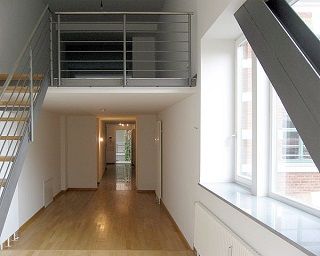From Guest Blogger “LMB Lofts” — Making Your Home Energy Efficient With a Loft Conversion

Loft Insulation
Increasing the size of your home – or carrying out any work on it at all – can seem a bit contradictory when considering ways in which to reduce your environmental impact. However, creating an energy efficient loft is one of the easiest ways to make your house greener, and the construction process needn’t leave its mark on the environment, either.
Consider the materials used when extending upwards: natural, sustainable timbers have the least impact environmentally, for obvious reasons (checking for Forestry Stewardship Council certification is one good indicator). Organic materials, such as sheep’s wool, are also available for use as an insulation alternative to polystyrene, which is non-biodegradable.
Energy Saving
Remember, however, that effective insulation is crucial to the long term energy saving properties of the loft, and should be one of your main focuses when performing conversion. Government initiatives, such as the Green Deal, are in place to help with the costs of improving the environmental friendliness of your home, with cavity wall insulation one area that’s offered. Properly insulating your loft can now save you up to 35% on your annual energy bills, as well as helping the UK to reduce its carbon emissions to 40% of its current amount by 2050 – a national target.
Insulation doesn’t have to stop with cavity walls either – any dormer windows you include in your loft conversion should be fully double glazed. Double glazing is one of the easiest ways to limit energy use, and not only reduces heat loss but also helps to prevent sound pollution from outside roads.
Extend From The Top
Extending your house upwards instead of outwards is an efficient use of space – especially in busy cities where this may be at a premium. The building work required adding an extension to your kitchen or living room can be far more damaging to the environment than creating extra loft space –especially if you are converting an existing attic into a habitable environment.
There are a number of ways of ensuring that your loft conversion remains as green as possible, from simple things like low energy light bulbs to checking that your plumbing system can handle the extra pressure needed to pump water to the top of your house. Any professional loft conversion company worth their salt will be able to advise you on the best ways of achieving an environmentally friendly living space in your attic.

